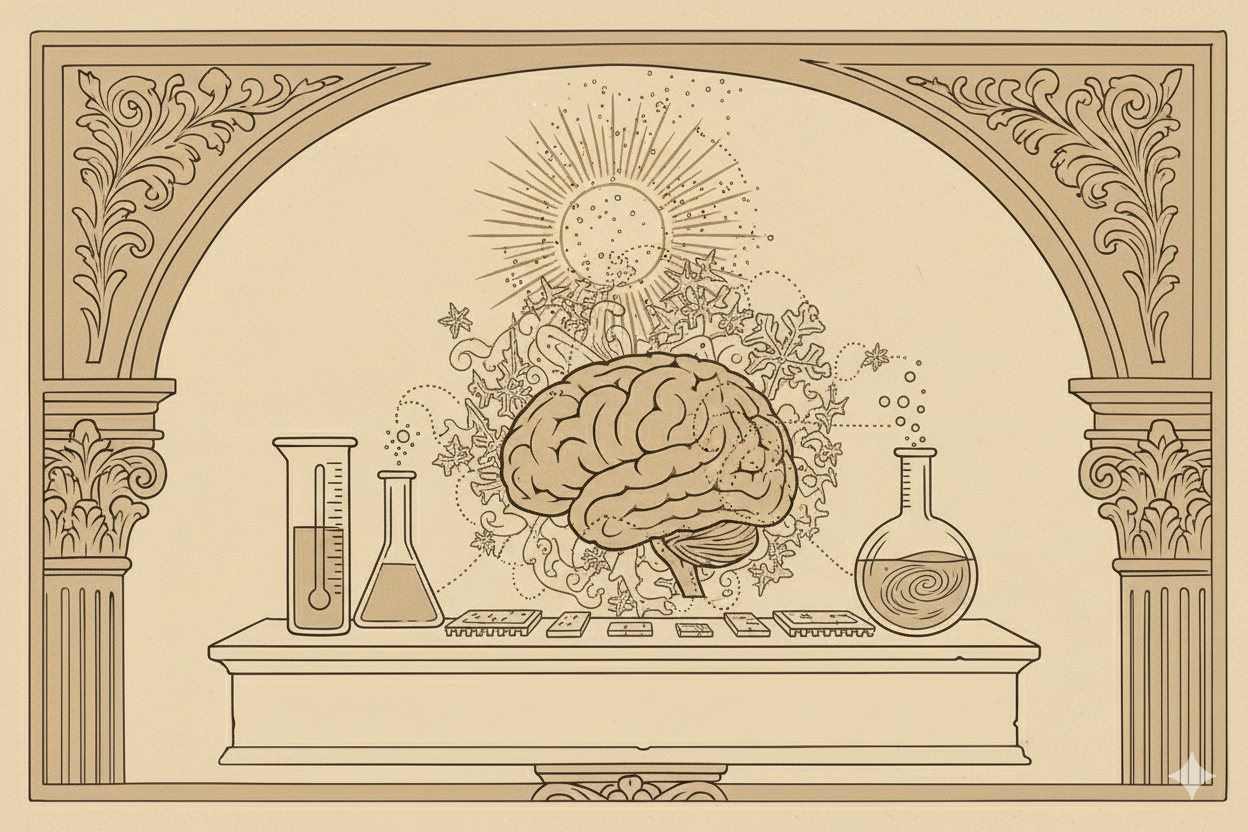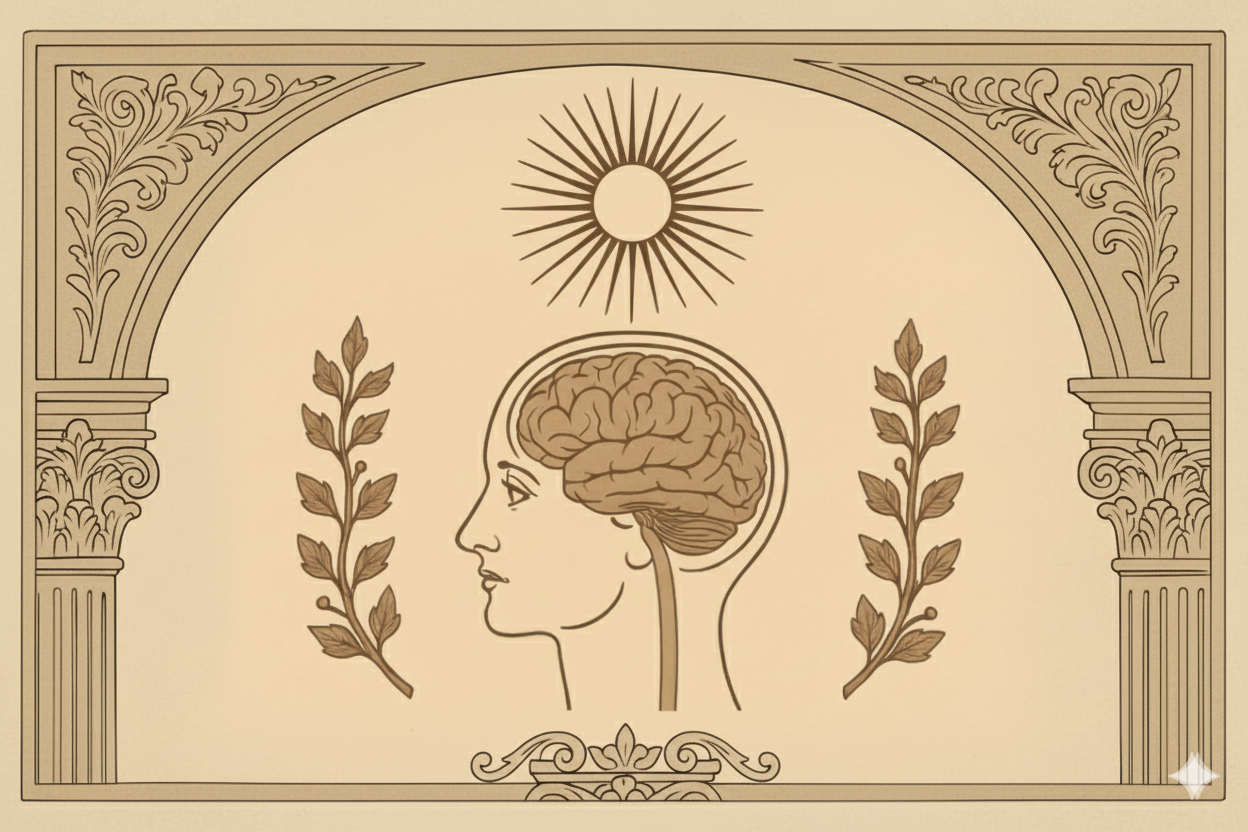Introduction to cryopreservation
What is human cryopreservation and how does it work?
Chapter 1: Cryonics in Concept
1.1. Definitions and Concepts
This topic builds the conceptual foundation you need to think clearly about cryopreservation. It establishes core definitions, resolves common confusions between related fields, and explains the information-theoretic framework that makes the whole endeavor coherent. By the end, you'll have the vocabulary and mental models necessary to evaluate both the science and the practice on their actual merits.

1.2. Science of Pausing Life
The central claim of Biostasis is that identity survives if information survives. But you can't just assert this and move on. You need to grapple with what identity actually is at the physical level, then check a particular preservation technique can plausibly maintain those structures. This topic exists to bridge the gap between "freezing might work in principle" and "here's the actual chemistry and biology that makes it credible." The goal is to transform cryopreservation from a thought experiment into something with real mechanistic grounding.

1.3. Arguments, Ethics and Misconceptions
You can't think clearly about cryopreservation without confronting the ethical questions. This topic tackles the hard problems, whether it's morally defensible to pursue preservation now, what genuine informed consent looks like when the outcome is radically uncertain, and why most objections you've heard are either strawmen or built on false premises. The goal is to separate legitimate concerns from bias, so you can understand the trade-offs rather than accept or dismiss the idea based on vibes.

1.4. Limitations and Challenges
The technology has real limitations: we can't preserve people alive, we can't currently reverse the process, and quality degrades rapidly once decay starts. Some of these are engineering problems that money and time might solve. Others might be fundamental barriers with the current technology. You need to understand which is which and where the uncertainty actually lies, so you can form calibrated beliefs about what you're actually signing up for and what plausible futures look like.

1.5. Future of Revival
Cryopreservation only matters if revival is possible. You can't just hand-wave this part and say "future technology will figure it out." This topic pushes you to think concretely about what revival would actually require: the level of technology needed, the types of damage that must be reversed, and the plausible mechanisms that could work.
By engaging with the technical requirements and timeline uncertainties, you develop realistic expectations about when revival might become feasible and what conditions need to hold for success. The uncertainty is real, but it's constrained uncertainty you can reason about.
Have we sparked your curiosity?
Learn more about what we offer and what it costs.









